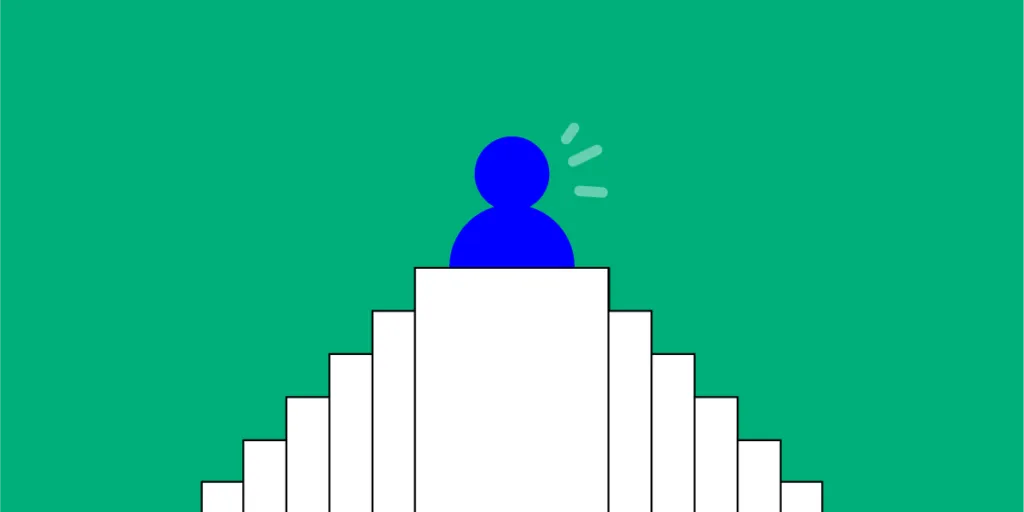6 Articles to Improve Your User Research

User research can give you insight into what aspects of your design do and don’t work. Learning how to perform customer research, however, takes some time and instruction.
The following six articles should help you find effective ways to conduct user research that leads to better designs and higher adoption rates for your digital products.
Explore the lessons you learn from these articles by experimenting with UXPin’s designing and prototyping tool. Sign up now for a UXPin free trial with no credit card required.
1.How to Conduct User Experience Research Like a Professional (Career Foundry)
Career Foundry writer Raven L. Veal provides an in-depth article that will show you several ways to collect information from users. She starts by breaking down the differences between good and bad UX research, an essential step that will lead to better results as your skills improve.

The bulk of Veal’s article provides introductions to user experience research methods, including:
- User groups
- Usability testing
- User interviews
- Online surveys
- User personas
- User research analysis
Set aside 20 to 30 minutes to read this entire primer. Practically everyone will learn something valuable from it.
Additional reading: The UX Designer’s Guide to Lean User Personas
2.The Ultimate Guide to Doing Kickass Customer Interviews (User Interviews)
As a UX designer, you might not have much experience conducting interviews intended to gather specific information. You might not have spent any time interviewing other people in a professional way. Carrie Boyd’s “Ultimate Guide to Doing Kickass Customer Interviews” does just what the title says: teach you how to interview users for actionable information.
Boyd provides specific tips for different types of interviews. She writes sections about developing customer interviews that will help you decide whether:
- Customers like your design.
- Users enjoy your product’s new features.
- Your target audience wants to buy your product.
After establishing the basics, she guides you through:
- Prep work to do before the interview.
- Conducting interviews.
- Sharing information learned from interviews.
- Taking action based on what you learned.
If you want to conduct interviews to connect with your users, go over Boyd’s guide to improve your process.
Sign up for a UXPin free trial to see how much your customer interviews influence your UX designs.
3. Usability Testing 101 (Nielsen Norman Group)
Nielsen Norman Group has decades of usability testing experience, so take your time learning as much as you can from this entry-level guide.
Although the article doesn’t get into the weeds of usability testing, it provides a surprising amount of information, including:
- What you can learn from usability testing.
- The core elements of usability testing.
- Types of usability tests.
- The cost of usability testing.
After the article, you will find a long list of helpful resources. Choose the ones that apply to your situation so you can pick up more tips about how to make the most of usability testing when improving your UX designs.
Additional reading: The Guide to Usability Testing
4.The different types of usability testing methods for your projects (hotjar)
Hotjar covers three types of usability testing and compares the pros and cons of how you can approach them. The usability testing options compared in the article include:
- Moderated vs. unmoderated.
- Remote vs. in-person.
- Explorative vs. comparative.
You will also learn about guerrilla testing, session recordings, and other strategies that could improve your user testing and customer interviews.
5. A/B Testing: Optimizing The UX (Usability Geek)
A/B testing can help you choose the better of two UX designs. That sounds great until the time comes to perform A/B, and you realize you don’t know how to conduct a rigorous study that optimizes your UX.

Nicholas Farmen lays out the basics of A/B testing in an easy-to-follow language in this Usability Geek post. He covers topics like:
- Writing a hypothesis.
- Making a controlled test (Test A).
- Making an altered test (Test B).
- Comparing results.
The article offers preliminary advice, but it also serves as a teaser for Usability Geek’s online course, Conducting Usability Testing.
6. Creating a user research plan (with examples) (UXPin Blog)
This article from UXPin is perfect for anyone struggling to take a strategic approach to conduct user research. The advice gives you step-by-step instructions that include examples of how you can create and implement each step.

UXPin will show you how to establish:
- A background that explains why you want to collect information from users.
- Plan objectives that line up with your metrics and KPIs.
- A UX research plan methodology that should get you the information you need.
- Participant profiles that help you determine which users you want to recruit.
- A research timeline that holds everyone involved accountable for meeting milestones.
If you have a general idea of what you want to get from your user research—but you don’t have a solid plan for how to get the right information from the correct users—you will learn important lessons from this article.
Try UXPin to build wonderful designs based on user research
UXPin gives you a collaborative workspace where you can create designs and generate prototypes. You can also make design systems that establish approved assets and guardrails for projects. If your user testing shows that you need to update your design system, you can do it easily from within the application. It will update everyone working on your project.
Experience UXPin’s features for free by signing up for a 14-day trial. It doesn’t cost anything, and you will get an opportunity to experience one of the world’s most robust cloud-based design platforms.

